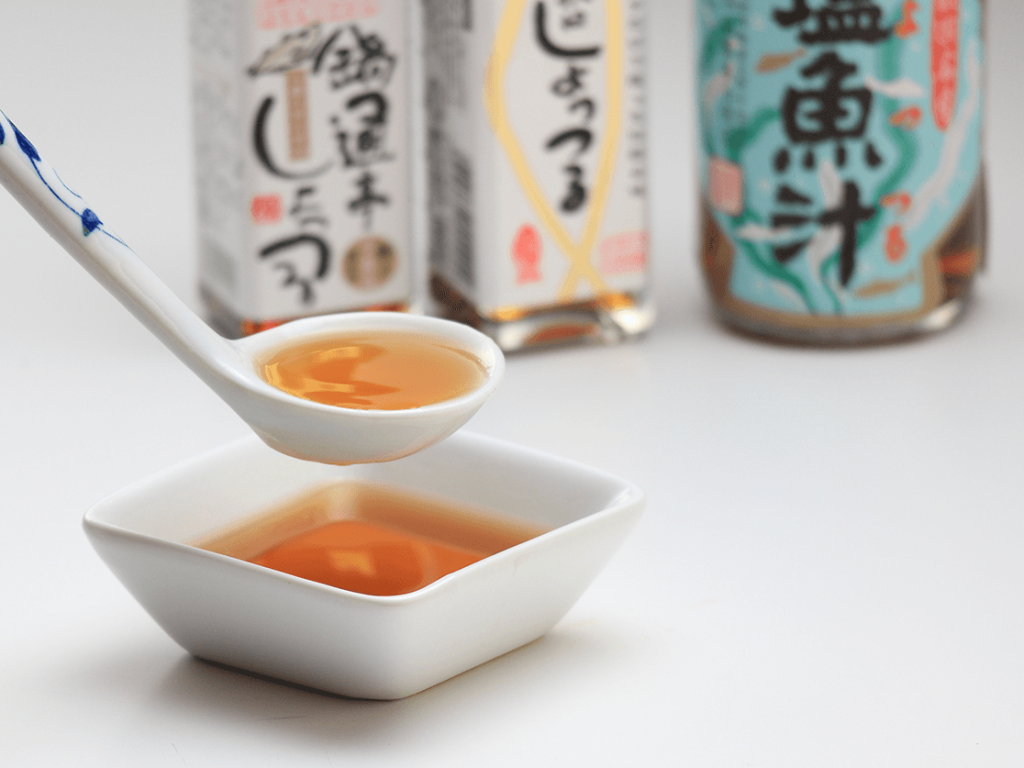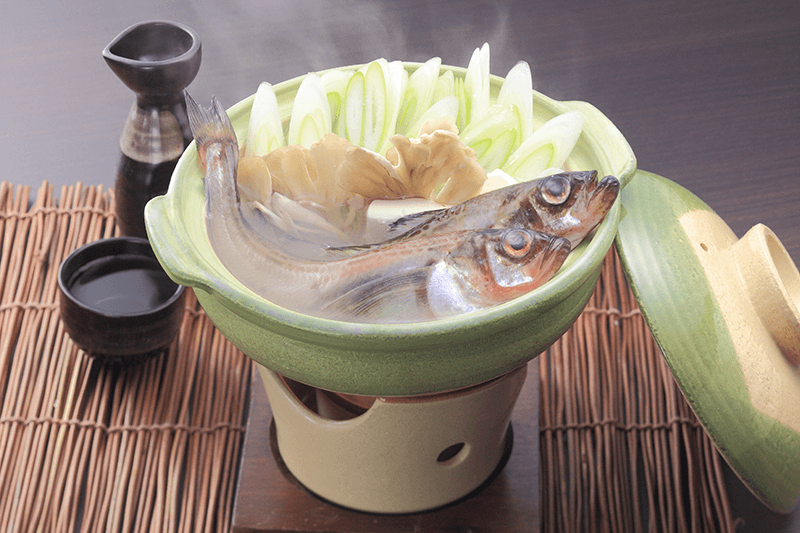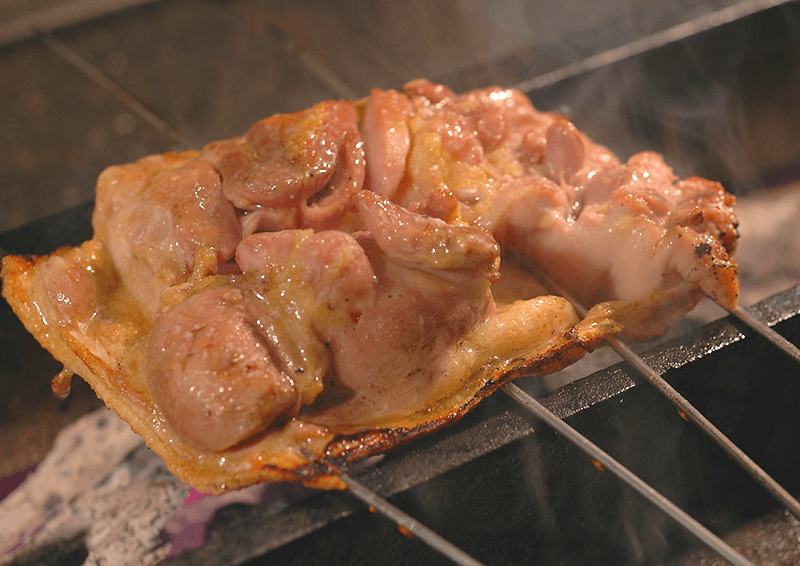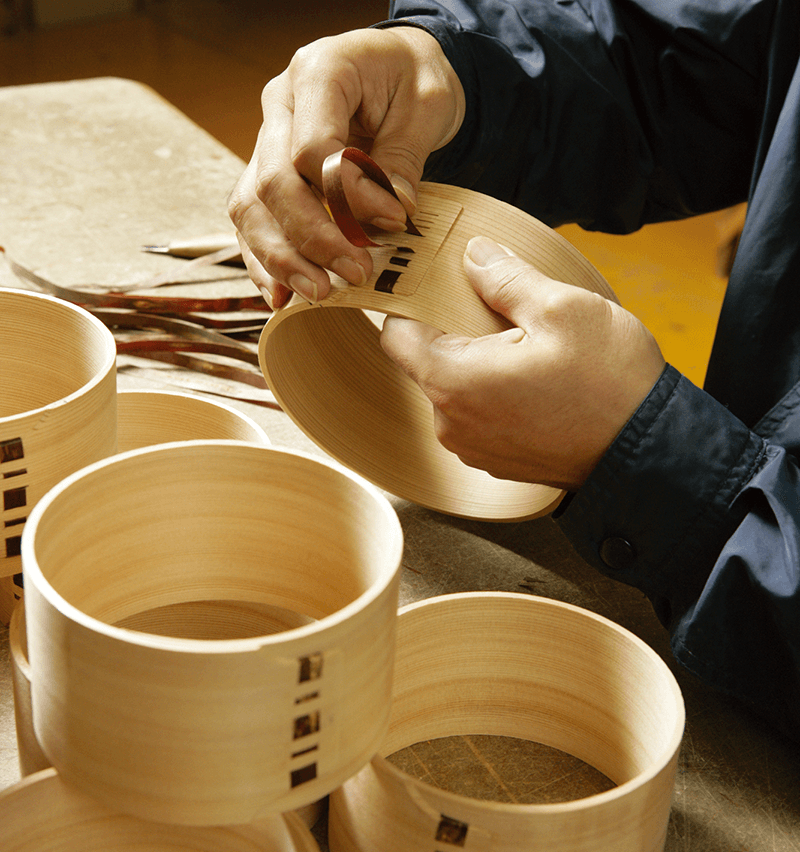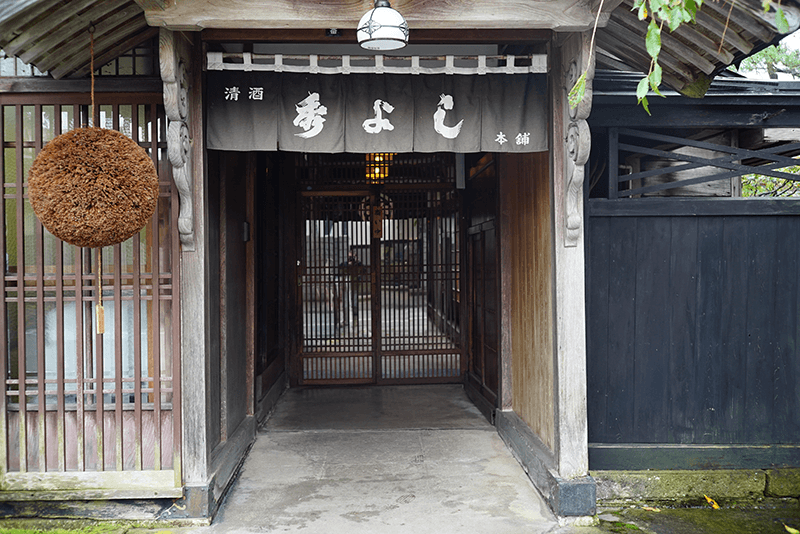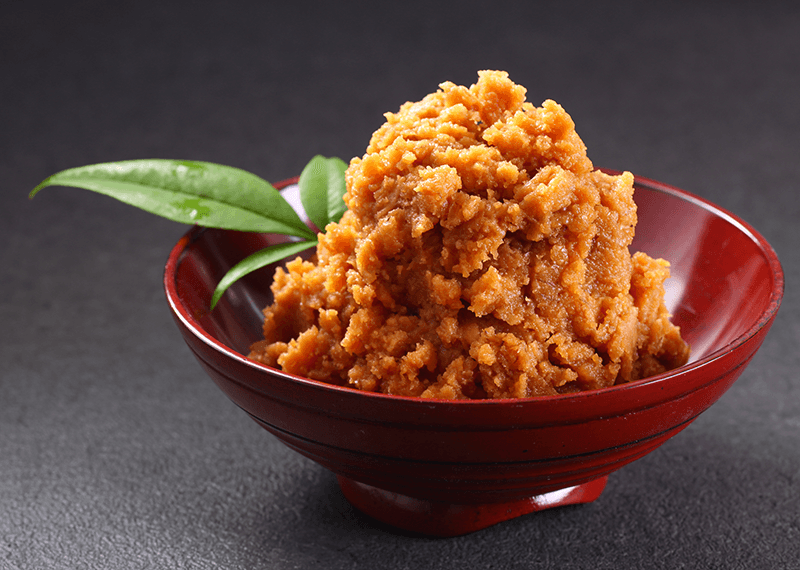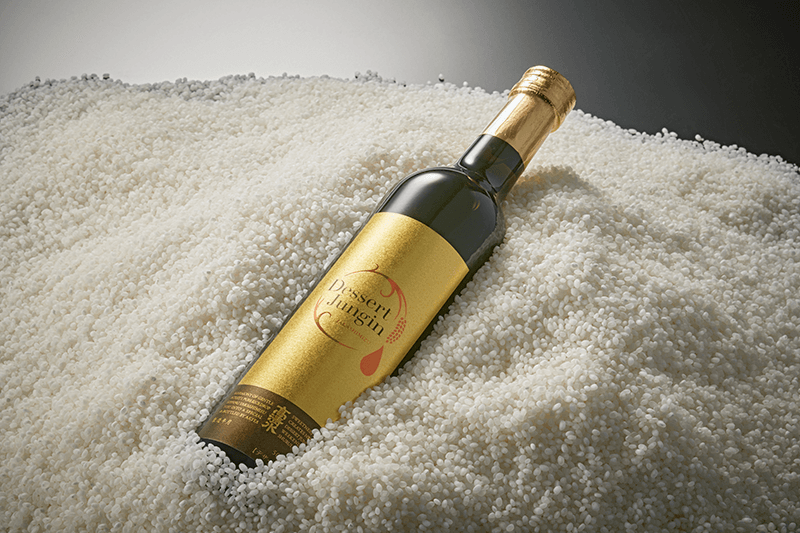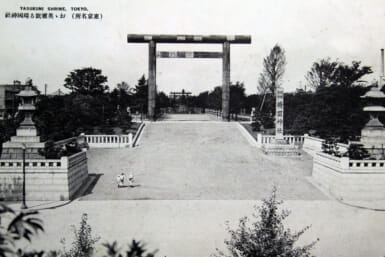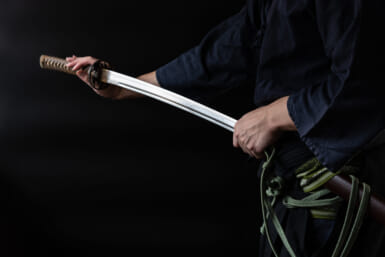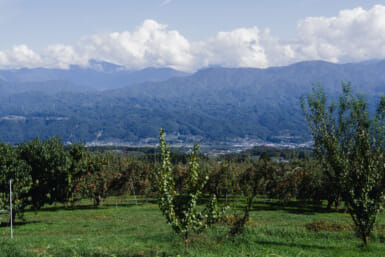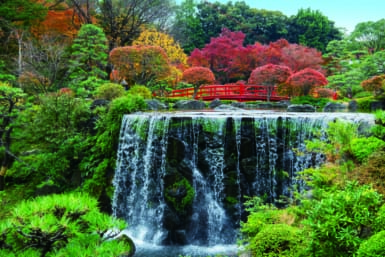In this five-part series, we take you on a journey through Akita using sight, sound, smell, touch, and taste to provide top tips on things to experience while you’re there.
We kicked off our guide with the senses of sight and sound, and now our multi-sense tour of Akita continues with the prefecture’s many aromas.
Words by Matt Schley and Alec Jordan
Get a Whiff of Umami-Packed Shottsuru Fish Sauce
Shottsuru is written with three kanji: fish, salt and liquid. That pretty accurately describes Akita’s unique brand of fish sauce, which is created by fermenting hatahata, the prefecture’s official fish, in salt for at least a year – and up to a decade. Noted for being mild and lacking that typical “fishy” odor, shottsuru is worth a try even for non-seafood fans. Said to have originated in the Edo period, the umami-rich sauce is commonly used to make shottsuru nabe, an Akita hotpot specialty, and it also flavors Oga’s seafood-based shottsuru yakisoba.
Inhale the Fresh Ocean Air off the Coast of Oga
Said yakisoba is only one of the many reasons to make your way to Oga. The peninsula, which juts into the Sea of Japan, is also known for the breathtaking cliffs and boulders that dot its coastline. You can get a look at these natural sculptures, and the ocean floor below, by taking a glass-floored sightseeing boat. Alternatively, if you’re a fan of cycling, check out the Namahage Ride, a tour along the coast that’ll fill your lungs with fresh ocean air for its entire 100 kilometers – and when you’re done, the smells of Oga’s delicious seafood await.
Let Your Nose Lead the Way to Roasted Hinai-Jidori Chicken
Okay, so this entry has as much to do with taste as it does smell – but with so many amazing Akita foods to choose from, who can blame us? Hinai-Jidori chicken, which hails from Akita (and a surprising second location – more on that later) is one of Japan’s most celebrated fowl, with a soft, rich meat that’s good roasted, added to kiritanpo nabe, or even eaten raw. Hinai-Jidori is actually a hybrid of Hinai, Akita’s local chicken, and an American breed called Rhode Island Red. Savor the smell and flavor of this international chicken at the annual Hinai-Jidori festival in Odate.
Breathe in the Scent of Cedars in Odate
Aside from being the birthplace of Hachiko, Japan’s most famous pooch, Odate’s main claim to fame is its cedar trees and the craftwork made from them, magewappa. Literally translated as “curved bento box,” magewappa are just that: beautiful lunch boxes made from thin pieces of cedar soaked in hot water and slowly bent into cylindrical form. Light, durable and featuring cedar’s natural antibacterial power, magewappa are not only beautiful, they’re incredibly practical – and their rich scent helps to enhance the appetite. If you’re feeling crafty, check out Odate’s Magewappa Taiken Kobo, where you can make your own.
Smell Japan’s National Drink Being Brought to Life
A trip to Akita isn’t complete without sampling some of its renowned sake, made from the region’s Komachi rice – and for the full olfactory experience, there’s no beating a brewery tour. There are plenty of breweries in the prefecture, but Hideyoshi in Daisen, founded in 1689, stands out for its English-language tour, and the owner’s collection of historical artifacts dating back to the Sengoku period – oh, and some seriously delicious sake. While you’re there, make sure to get your nostrils around some of the brewer’s newest offerings, such as umeshu and shochu.
Know How Koji Helps to Make Miso
You can also find koji playing a role in the making of another Japanese culinary staple. Miso is made using almost the same ingredients as soy sauce (koji, soybeans, salt, and water), and it harnesses the same magic of fermentation that brings sake, beer, and many other types of food to life. This rich-smelling ingredient finds its way into almost every kind of Japanese food, flavoring hot pots, soups, marinades and pickles. Each part of Japan has a particular take on the ingredient, and Akita is no different. Miso from this northern prefecture is reddish, and is known for its strong flavor.
Take in the Aroma of a Condiment with a Life of Its Own
Koji is a living, breathing part of Japanese culture and cuisine. You may know about the role that it plays in sake production, but it’s also essential to the making of one of Japan’s best-known condiments: soy sauce. Koji works with soy sauce’s other ingredients – soybeans, wheat, salt, and water – and through a long period of fermentation, helps bring about the unique flavor and aroma of soy sauce. There are plenty of artisanal soy sauce makers in Akita, and sampling it when you have a chance is a great way to experience it for yourself.
Catch the Air of Refinement at Takashimizu Sake Brewery
Takashimizu is one of Akita’s most renowned sake producers, and has been recognized by the Omotenashi Selection for the high quality of its brews.
At Takashimizu, the products make the most of two of the prefecture’s most celebrated natural resources: high quality rice and clear, fresh water. These are truly what make a sake great, and if you open a bottle of Takashimizu and savor the aroma, this quality is something you can sense.
With almost no exception, the company uses Akita-grown rice, and the head of the sake brewery is also a rice expert. The way that rice needs to be polished will differ depending on the grade of the crop or its particular variety. The brewery has its own rice miller, and uses computer controlled, fully automated rice polishing machines to mill the rice down to the perfect polishing level for a given sake, whether it is a sake that has no milling requirement, or a daiginjo, which is made from rice that is polished down to no more than 50 percent of its original grain content.
Complementing this high technology is an understanding that sake brewing is ultimately a natural process, and that sake truly is a living thing. Even if it is made exactly the same way each time, each batch will be slightly different. The master blenders at Takashimizu take this into account, achieving a consistent flavor by balancing various batches brewed and matured at different times.
In a similar way, the brewery puts a high value on maintaining strong bonds between all of the people working there, because at Takashimizu, they believe that it is not possible to make good sake if there is no team harmony. Clearly, from the quality of their nihonshu, their esprit de corps is very strong.
For more information, visit the website www.takashimizu.com
If you’re looking for even more things to do and see in Akita, visit the prefecture’s official website at www.akitafan.com/en

